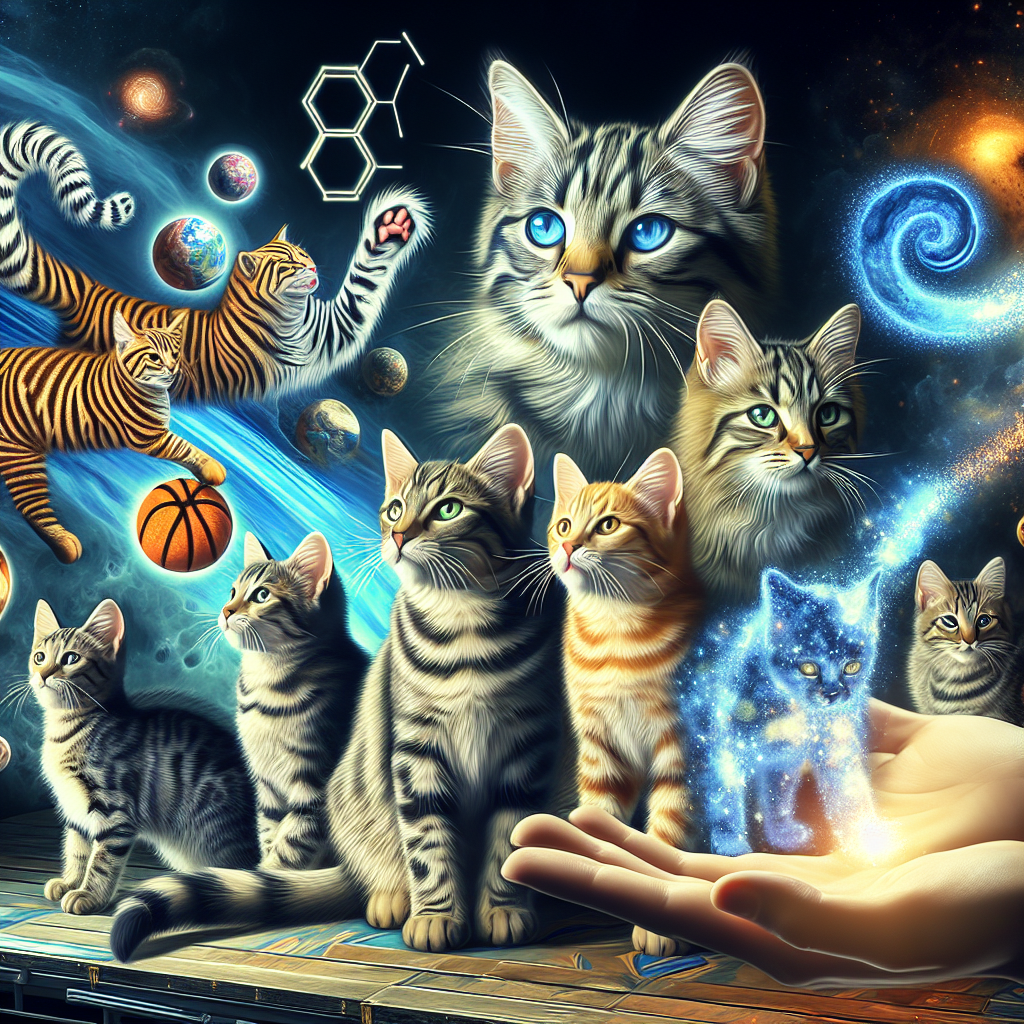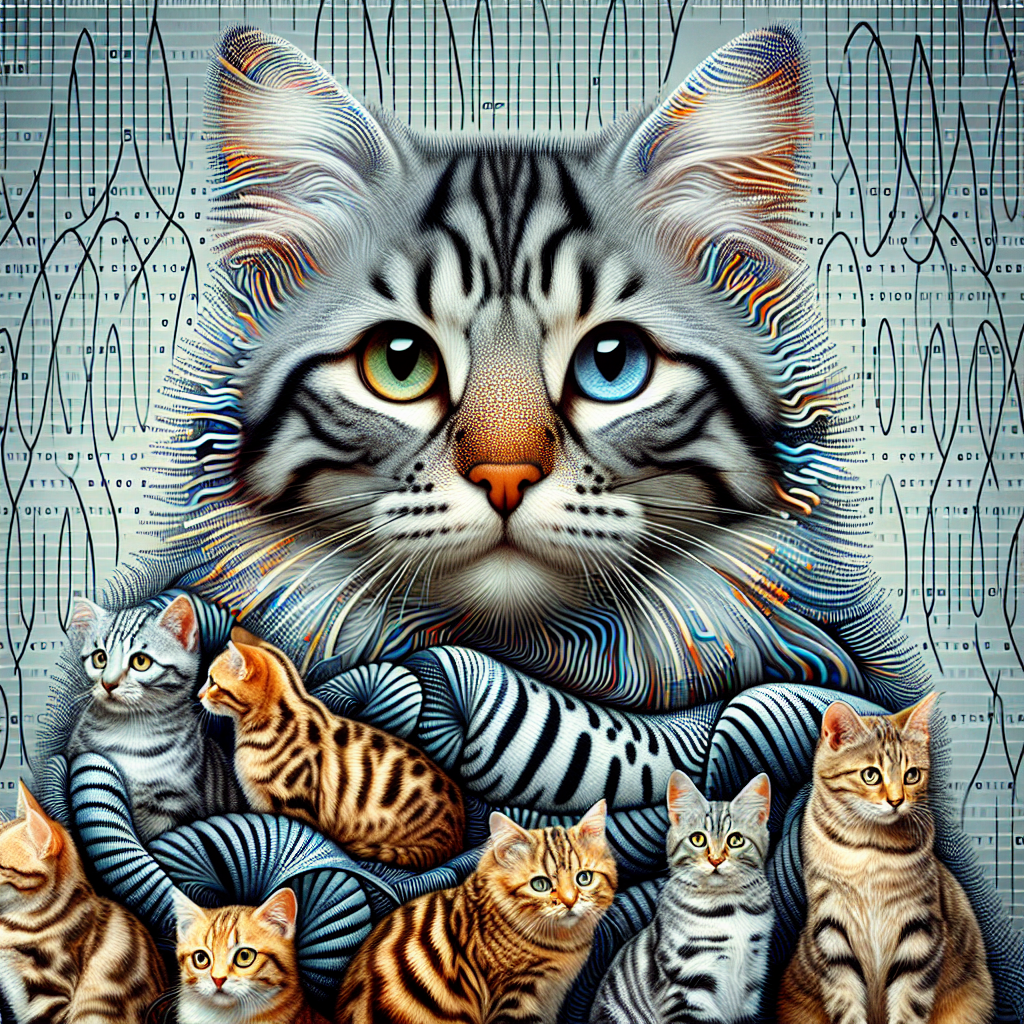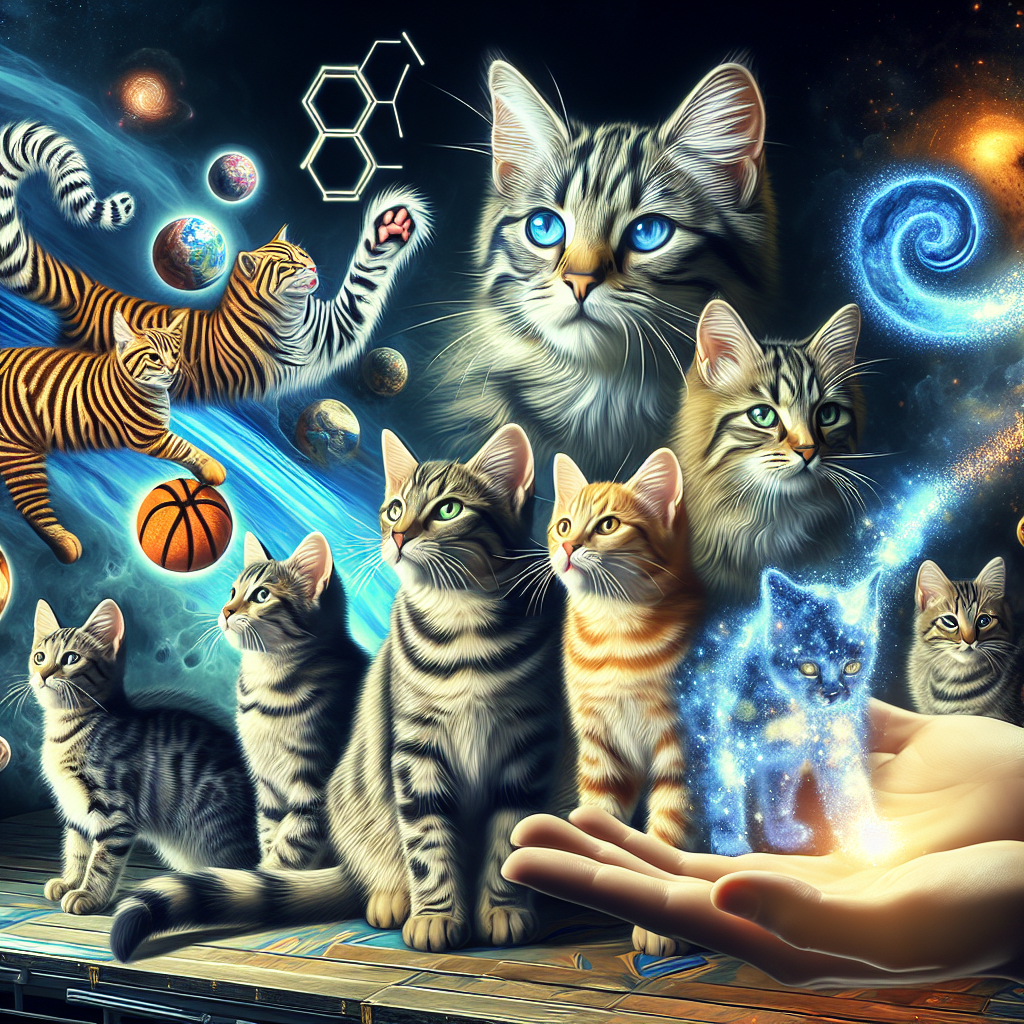Did you know that tabby cats come in various colors and patterns? They are not confined to just being female or male. Tabby is actually a coat pattern, not a specific breed. These cats can be found in both genders and are known for their distinctive striped or spotted markings. So, the answer to the question “Are tabby cats male?” is no, tabby cats can be male or female, and their unique patterns make them all the more fascinating.

What is a Tabby Cat?
A tabby cat is a domestic cat with a distinctive coat pattern. The patterns can vary and include stripes, spots, swirls, or a combination of these. The term “tabby” refers to the pattern of the coat, rather than a specific breed. Tabby cats can be found in various breeds and are well-known for their unique and beautiful markings.
Physical Characteristics
Tabby cats have a range of physical characteristics that are common among the breed. They typically have an athletic and muscular build, with strong legs and a medium to large-sized body. Their faces are often rounded, with large expressive eyes and triangular ears. One of the most prominent physical features of tabby cats is their coat pattern, which sets them apart from other cats.
Personality Traits
Tabby cats are known for their friendly and outgoing personalities. They are often described as intelligent, playful, and sociable pets. Tabby cats are generally patient and good with children, making them great family pets. They also tend to get along well with other animals, making them a good choice for households with multiple pets. Overall, tabby cats are known for their loving nature and make wonderful companions.
Breeds with Tabby Coat
Tabby coat patterns can be found in many different cat breeds. Some of the most common breeds that have tabby cats include the American Shorthair, Maine Coon, Abyssinian, Bengal, and British Shorthair. Each breed may have its unique variation of the tabby coat pattern, further adding to the beauty and diversity of these cats.
Understanding Cat Gender
Determining the gender of a cat is an important aspect of their care and identification. While it may seem straightforward to determine their gender, there are specific characteristics and differences to consider.
Determining Cat Gender
To determine the gender of a cat, one needs to look at the external genitalia. In male cats, the genital opening is located near the anus and appears as a small round hole. In females, the genital opening is located further away from the anus and appears as a vertical slit.
Male and Female Cat Differences
Apart from their genitalia, male and female cats differ in a few other physical characteristics. Male cats are generally larger in size than female cats and tend to have a more muscular build. Some male cats may develop a broader head with pronounced jowls as they reach maturity. Female cats, on the other hand, often have a smaller and more refined facial structure.
Common Misconceptions
There are several common misconceptions surrounding tabby cats and their gender. Let’s debunk some of these misconceptions to clarify the truth.
Tabby Cats are Always Male
Contrary to popular belief, tabby cats are not always male. While male tabby cats may be more commonly recognized due to certain genetic factors, tabby cats can be of either gender. It is essential to understand that the tabby coat pattern is not exclusive to one gender and can be found in both male and female cats.
All Male Cats are Tabby
Although tabby patterns can be prevalent in male cats, it is not accurate to claim that all male cats are tabby. Cats of all genders can have different coat patterns, including solid colors, tortoiseshells, or calico. It is essential to recognize that coat patterns are determined by various genetic factors and can vary among individual cats, regardless of their gender.
Tabby Cats Cannot be Female
This misconception often arises because male tabby cats tend to exhibit more prominent and defined coat patterns compared to their female counterparts. However, this does not mean that female cats cannot have tabby markings. Female tabby cats can display equally stunning and distinct coat patterns, ranging from classic tabby to mackerel or spotted. The presence of a tabby coat pattern in a cat is not determined by gender but by genetic inheritance.
Tabby Cats: Gender Distribution
Now that we have clarified the misconceptions surrounding tabby cats and gender, let’s explore the gender distribution within the tabby cat population.
Male vs Female Tabby Cats
While tabby patterns can be found in both male and female cats, there is a slightly higher prevalence of tabby markings in male cats. This is primarily due to genetic factors that influence the expression of tabby patterns. However, it is important to note that the gender distribution of tabby cats can vary among different populations and breeds.
Percentage of Male Tabby Cats
The percentage of male tabby cats can range from around 70-80% of the total tabby cat population. This can vary based on factors such as geographic location, breed, and individual genetics. In some areas and specific breeds, the percentage of male tabby cats may be higher or lower.
Percentage of Female Tabby Cats
The remaining percentage, roughly 20-30%, is represented by female tabby cats. Although the proportion of females with tabby markings may be slightly lower, it is still a significant portion of the tabby cat population. Female tabby cats can have equally stunning and unique coat patterns, adding to the diversity and beauty of these extraordinary felines.

Genetics and Tabby Coat
Tabby coat patterns are determined by specific genes that influence the type and intensity of the pattern. Understanding the genetics behind tabby coats can shed light on why certain coat patterns are more commonly associated with one gender.
Inheritance of Tabby Coat
The inheritance of the tabby coat pattern is complex and involves multiple genes. The most influential gene is the A gene, which controls the intensity and type of coat pattern. This gene has two variations: Agouti (A) and Non-agouti (a). Cats with the Agouti gene exhibit tabby patterns, while those with the Non-agouti gene have solid coat colors.
Genes Responsible for Tabby Pattern
Within the Agouti gene, there are specific variations that determine the type of tabby pattern. The classic tabby pattern is controlled by the T gene, which produces distinct swirls on the cat’s body. The M allele controls the mackerel tabby pattern, characterized by narrow stripes. The spotted tabby pattern is determined by the Sp gene, which produces spots rather than stripes.
While these genes play a crucial role in determining the tabby coat pattern, other genetic factors can also contribute to the final appearance of the cat’s coat, including other coat color genes.
Other Coat Colors and Patterns in Cats
In addition to tabby cats, there are various other coat colors and patterns that can be found in the feline population. Understanding the different coat variations can provide a broader perspective on the diverse world of cats.
Calico and Tortoiseshell Cats
Calico and tortoiseshell cats are known for their distinctive patchwork coats. Calico cats have three colors – black, orange, and white – while tortoiseshell cats have a mix of black and orange. These colors are determined by genes that control the distribution of pigment on the cat’s fur.
Solid Color Cats
Solid color cats have a coat color that is uniform throughout their body. Common solid colors include black, white, gray, and ginger. These cats do not display any specific patterns or markings and have only one color on their fur.
Bicolor and Tricolor Cats
Bicolor cats have two distinct colors on their coat, typically black and white. The colors are usually well-defined and can appear in a variety of patterns, such as tuxedo, Van, or cap-and-saddle. Tricolor cats, also known as “torties,” have three distinct colors, often consisting of black, orange, and white.
Tabby Cats in Breeding Programs
Tabby cats have been a part of breeding programs to preserve and enhance specific coat patterns. Breeders have worked to develop and refine certain types of tabby coats through selective breeding.
Breeding for Specific Coat Patterns
Breeders may focus on breeding tabby cats to have specific coat patterns, such as the classic tabby, mackerel tabby, or spotted tabby. By selectively breeding cats with desirable coat patterns, breeders can increase the likelihood of producing offspring with those desired characteristics.
Breeding Challenges with Tabby Cats
While breeding for specific coat patterns can be exciting, it also poses challenges. The inheritance of coat patterns can be influenced by multiple genes, making it difficult to predict the outcome with certainty. Additionally, certain coat patterns may be more prone to specific health issues, so careful consideration must be given to the overall health and well-being of the cats involved in breeding programs.
Tabby Cats in Pop Culture
Tabby cats have made their mark in pop culture and have been featured in various forms of media, including literature, movies, and advertising campaigns.
Famous Tabby Cats
One of the most famous tabby cats is Garfield, the lovable and lazy cat from the comic strip and animated series. Garfield’s orange tabby coat and mischievous personality have captured the hearts of millions around the world. Other famous tabby cats include Puss in Boots from the Shrek movies and Mr. Mistoffelees from the musical Cats.
Tabby Cats in Literature and Media
Tabby cats are also frequently featured in literature and media. They are often depicted as adventurous and independent characters with their distinctive tabby coat patterns. From children’s books to classic novels, tabby cats have become beloved literary companions.
Caring for Your Tabby Cat
Taking care of your tabby cat involves understanding their unique needs and providing them with proper care and attention.
Grooming Needs
Tabby cats, like any other cats, require regular grooming to keep their coat healthy and free from mats. This includes brushing their fur regularly to remove loose hair and prevent tangles. Additionally, keeping their nails trimmed, ears clean, and teeth brushed are essential for their overall well-being.
Nutritional Requirements
Providing your tabby cat with a balanced and nutritious diet is crucial for their health. High-quality cat food that is specifically formulated for their age, weight, and activity level is recommended. It is important to consult with a veterinarian to determine the best diet for your tabby cat and ensure they receive all the necessary nutrients.
Health Considerations
Like any other cat, tabby cats may be prone to certain health conditions. Regular veterinary check-ups, vaccinations, and preventive care are essential to maintain their well-being. Some tabby cats may be more susceptible to certain genetic health issues, so it is important to be aware of potential risks and take necessary precautions.
Conclusion
Tabby cats are a remarkable and diverse population within the feline world. They come in various coat patterns and can be found in different breeds. While there may be a slightly higher prevalence of tabby markings in male cats, tabby cats can be of either gender. Understanding the genetics behind tabby coat patterns can enhance our appreciation for these stunning felines. Whether you have a male or female tabby cat, they are sure to bring joy and companionship to your life. So, embrace the beauty and uniqueness of your tabby cat and provide them with the love and care they deserve.

